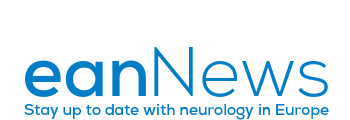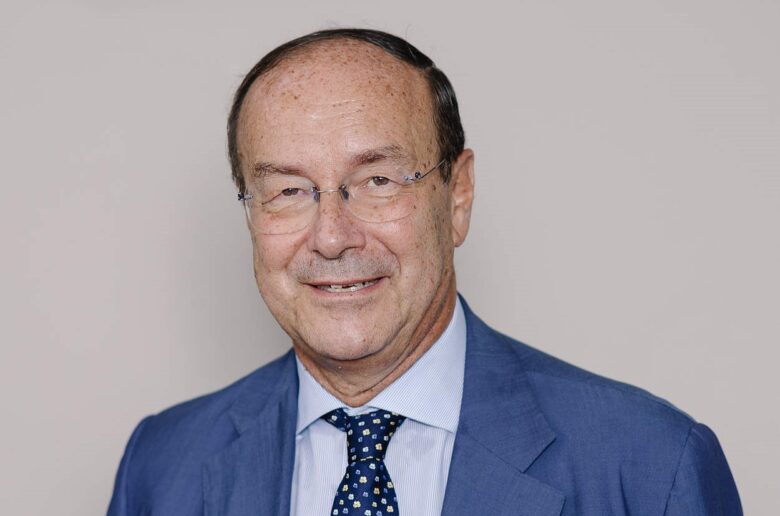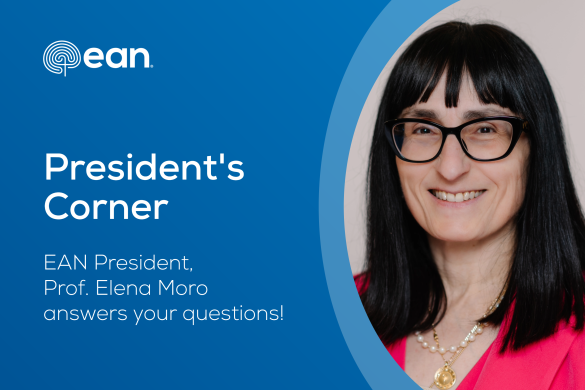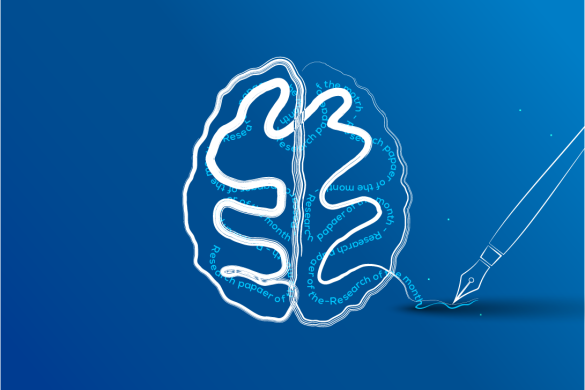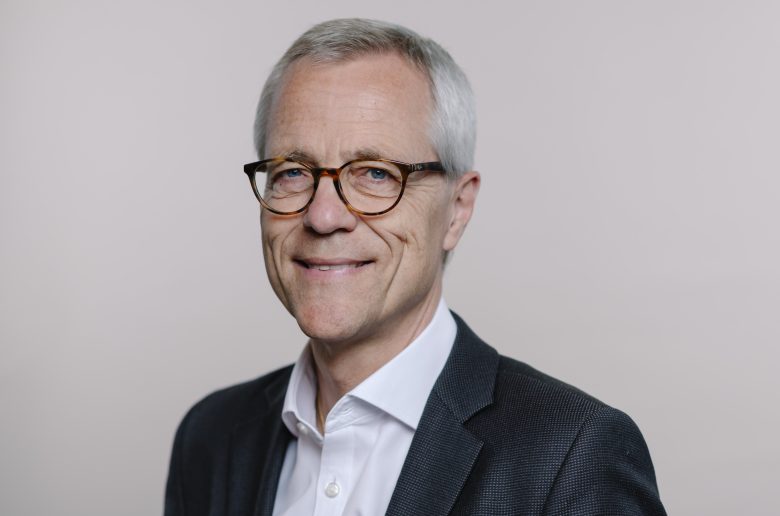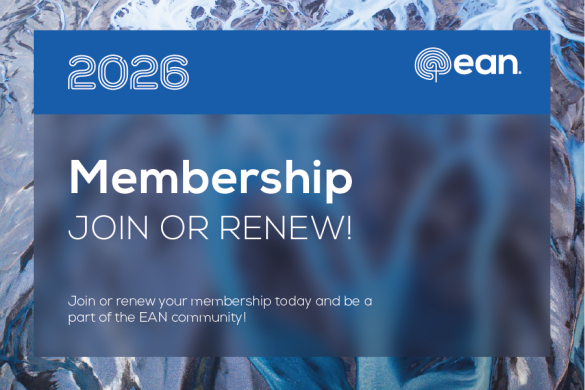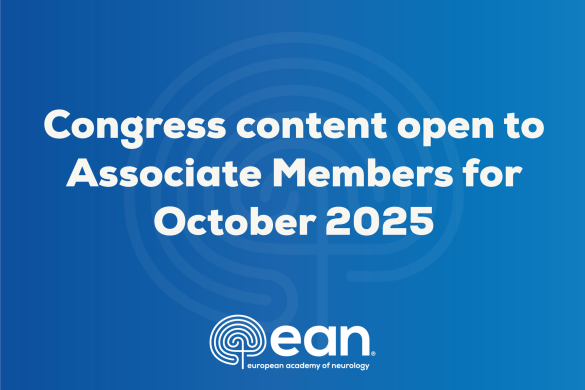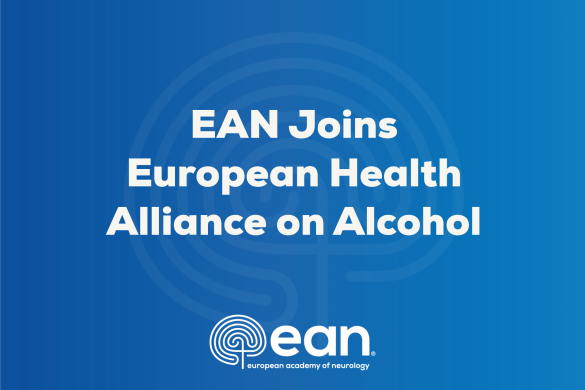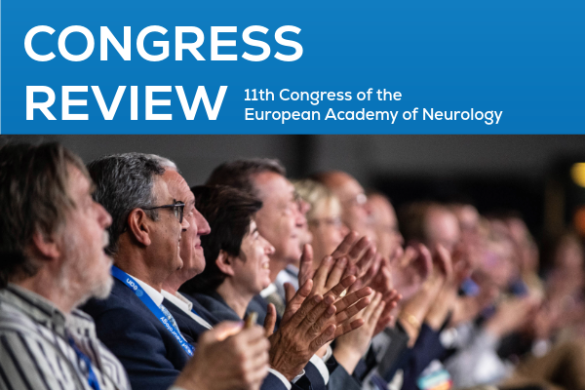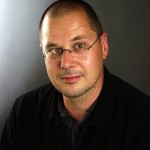 by Thomas Berger
eBrain was successfully developed within 24 months by a small but effective lead team (S. Shorvon, S. Thompson, H. Cock, T. Berger, K. Hardy-Smith), representing the unique partnership of the UK Joint Neurosciences Council, the University College… Continue Reading
by Thomas Berger
eBrain was successfully developed within 24 months by a small but effective lead team (S. Shorvon, S. Thompson, H. Cock, T. Berger, K. Hardy-Smith), representing the unique partnership of the UK Joint Neurosciences Council, the University College… Continue Reading Join Now for Bonus Months! Plus: October Renewal Discount and Special Benefit for Associate Members
October 1, 2025
Join us now and take advantage of bonus months. Active individual members enjoy October discount for renewals and associate members special a benefit!
EAN Associate Members Get Access to EAN Congress 2025 Content for October!
September 26, 2025
Latest Posts
-
 by Thomas Berger
eBrain was successfully developed within 24 months by a small but effective lead team (S. Shorvon, S. Thompson, H. Cock, T. Berger, K. Hardy-Smith), representing the unique partnership of the UK Joint Neurosciences Council, the University College… Continue Reading
by Thomas Berger
eBrain was successfully developed within 24 months by a small but effective lead team (S. Shorvon, S. Thompson, H. Cock, T. Berger, K. Hardy-Smith), representing the unique partnership of the UK Joint Neurosciences Council, the University College… Continue Reading -
Conflicts of interest between doctors and the pharmaceutical industry are a recurring theme in medical journals and the media. There are two main concerns:
-
Please register early for the Teaching Courses via the Congress Website www.efns.org/efns2012. There are still some tickets available. If you will not be able to attend the EFNS Teaching Courses, you can purchase a Syllabi CD-ROM at the EFNS Booth… Continue Reading
-
The problem of multiple sclerosis demands a multidisciplinary approach, so my clinical and research work made me face a lot of its serious issues: epidemiology, neurogenetics, neuroimmunology, diagnostics, treatment, rehabilitation, and social care.
-
From 30 May till 2 June 2012 a regional teaching course of the European Federation of Neurological Societies in collaboration with the Movement Disorders Society and the Romanian Neurology Society was held in Iasi, Romania.
-
by Erich Schmutzhard and Eveline Sipido in Nairobi, Kenya 20th July 2012, organized by the European Federation of Neurological Societies in cooperation with the Aga Khan University Hospital, Nairobi, the University of Nairobi, the International Brain Research Organization (IBRO) and… Continue Reading
-
Some of the lessons learned from CADASIL show that: - Patients should not be forced into known categories when the condition is not clear - A descriptive acronym is better than multiple wordings - Family history and examination of family members is important - Once recognised a rare disorder rapidly becomes not so rare - Clinical observations can stimulate basic research - A monogenic condition can be a good model and elucidate polygenic disorders
-
 Nominations are open again for The Grete Lundbeck European Brain Research Prize 2013 (http://www.thebrainprize.org/). The Brain Prize is awarded to one or more scientists who have distinguished themselves by an outstanding contribution to European neuroscience.
The Prize recognizes a highly… Continue Reading
Nominations are open again for The Grete Lundbeck European Brain Research Prize 2013 (http://www.thebrainprize.org/). The Brain Prize is awarded to one or more scientists who have distinguished themselves by an outstanding contribution to European neuroscience.
The Prize recognizes a highly… Continue Reading -
Other News
Junior neurologists at 16th Congress of EFNS in Stockholm, 8-11 September 2012
August 1, 2012 The European Association of Young Neurologists and Trainees (EAYNT) is the independent representative of junior European neurologist. EAYNT was founded in 1999 in Brussles, has almost 800 members.
Our major aim is to advocate young neurologists interests in major European… Continue Reading
The European Association of Young Neurologists and Trainees (EAYNT) is the independent representative of junior European neurologist. EAYNT was founded in 1999 in Brussles, has almost 800 members.
Our major aim is to advocate young neurologists interests in major European… Continue Reading -
Top 10 Articles
Top Article: PML-IRIS in patients with HIV infection. Clinical manifestations and treatment with steroids
July 1, 2012Abstract Background: Progressive multifocal leukoencephalopathy (PML) is an opportunistic infection that develops in immunosuppressed patients with HIV infection. Paradoxically, some of these patients may develop PML during combined antiretroviral therapy in the setting of immune reconstitution. We describe the types… Continue Reading -
Johann Sellner, Past-President of the EAYNT (European Association of Young Neurologists and Trainees)
-
Grand Rounds
Case Report: Meningoencephalomieloradiculoganglionitis causing death of a 40-year-old patient
July 1, 2012presented by Dominika Novak, Viktor Švigelj and Mara Popović Clinical course: This forty-year-old electrotechnician was admitted to our hospital because of progressive difficulties in swallowing and walking. He reported being in relatively good health* till approximately June, 2009. There was… Continue Reading -
Swedish pioneers in Clinical Neuroscience – focusing on neuromuscular diseases by Lars Edström In the middle of the 19th Century the knowledge of Neurology among Swedish universities were represented by academic representatives from general Internal Medicine.
Of historic interest is… Continue Reading -
The neurological examination has grown with our profession over the past 150 years. Neither the examination as a whole nor its individual parts have been subjected to the sort of rigorous evaluation which would command an instant Level A recommendation from an EFNS guideline panel. Nevertheless as a Good Practice Point the examination commands the leading position in the list of neurological investigations. Last year Johnston and Hauser, editors of the Annals of Neurology (volume 70, A10), called for research into the value of the different aspects of the “ethereal” neurological examination. The call was hotly debated in subsequent correspondence as being either overdue on the one hand or unnecessary and inappropriate on the other.
-
Like in the previous years the interest for attendance in our course was overwhelming. With sad heart we were forced to refuse applications of 90 colleagues. Out of those 136 accepted the majority have overcome various administrative obstacles (visas, permissions, insurance etc.) and after some cancellations 123 participants have come from 36 countries.
